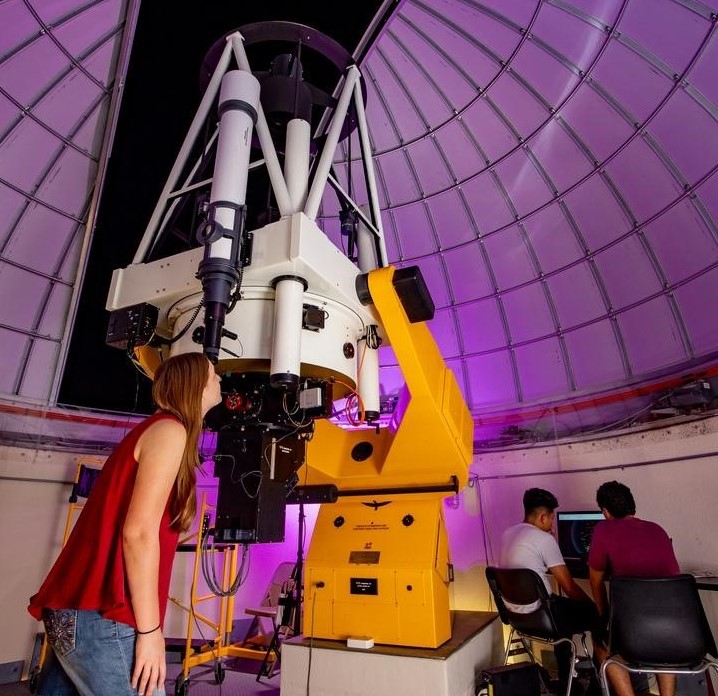Document Type
Article
Publication Title
Journal of Geophysical Research: Space Physics
Abstract
During the recent solar minimum between cycles 23 and 24 (solar minimum P23∕24), the intensity of galactic cosmic rays (GCR) measured at the Earth was the highest ever recorded since space age. It is the purpose of this paper to resolve the most plausible mechanism for this unusually high intensity. A GCR transport model in three-dimensional heliosphere based on a simulation of Markov stochastic process is used to find the relation of cosmic ray modulation to various transport parameters, including solar wind (SW) speed, distance of heliospheric boundary, magnitude of interplanetary magnetic field (IMF) at the Earth, tilt angle of heliospheric current sheet, and values of parallel and perpendicular diffusion coefficients. We calculate GCR proton energy spectra at the Earth for the last three solar minima P21∕22, P22∕23, and P23∕24, with the transport parameters obtained from observations. Besides weak IMF magnitude and slow SW speed, we find that a possible low magnetic turbulence, which increases the parallel diffusion and reduces the perpendicular diffusion in the polar direction, might be an additional possible mechanism for the high GCR intensity in the solar minimum P23∕24.
First Page
1493
Last Page
1506
DOI
10.1002/2013JA019550 0
Publication Date
3-11-2014
Recommended Citation
Zhao L-L, Qin G, Zhang M, Heber B. Modulation of galactic cosmic rays during the unusual solar minimum between cycles 23 and 24. 2013. doi:10.1002/2013JA019550


